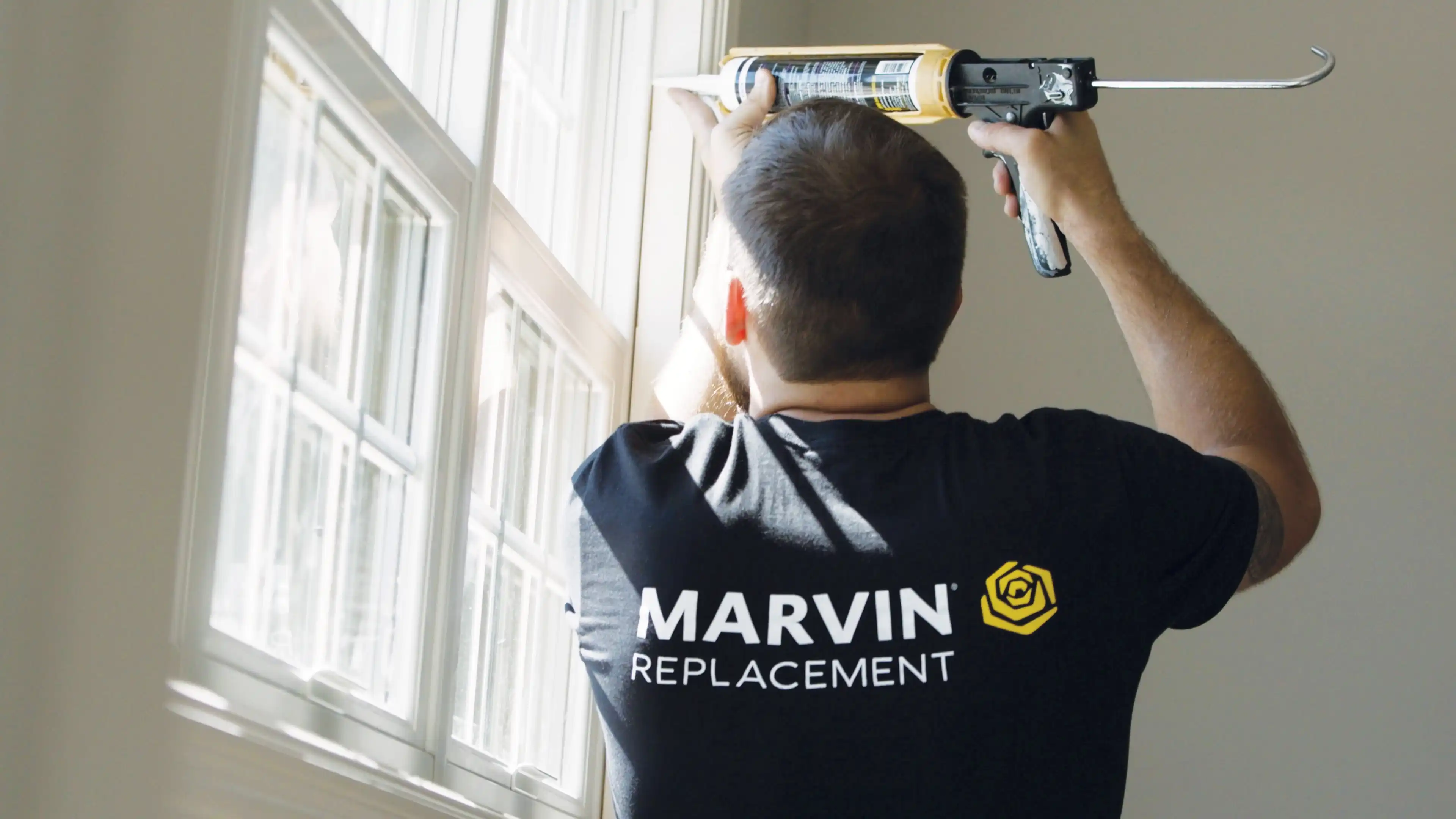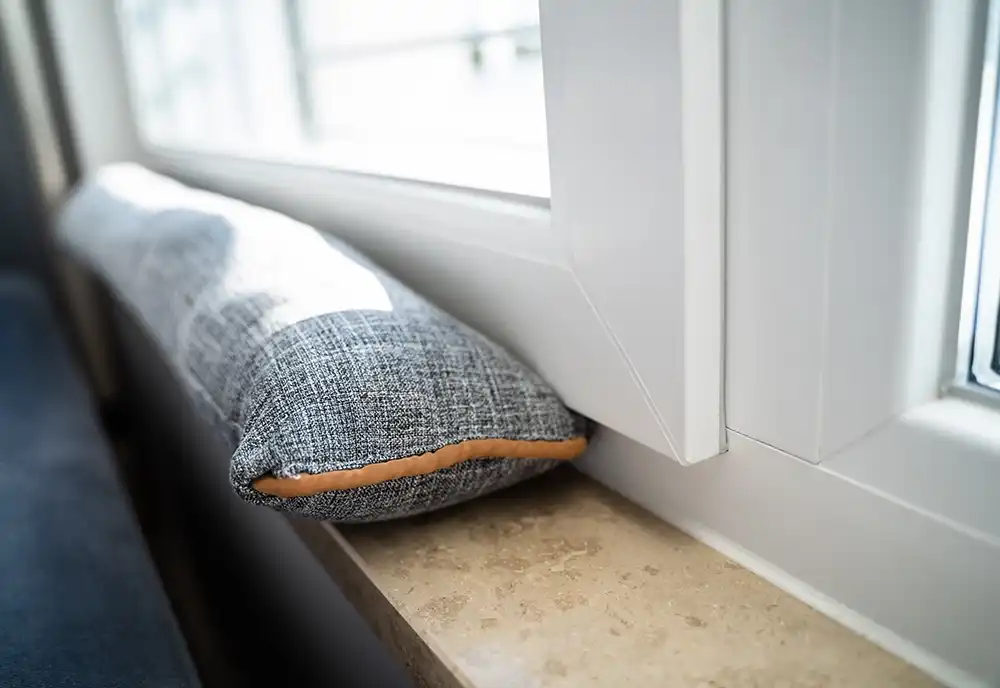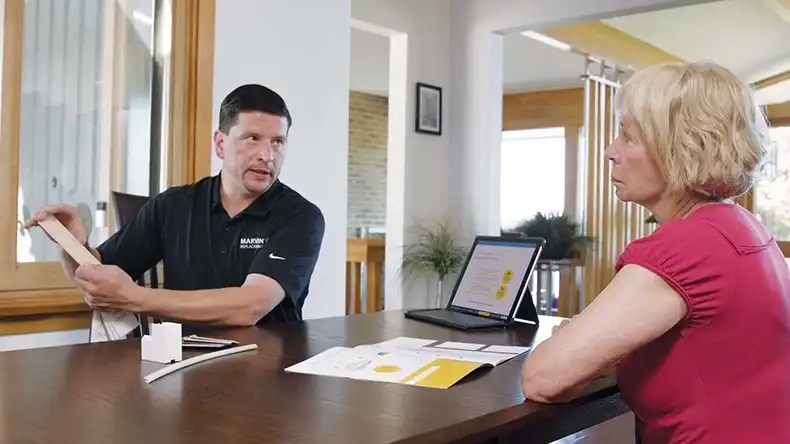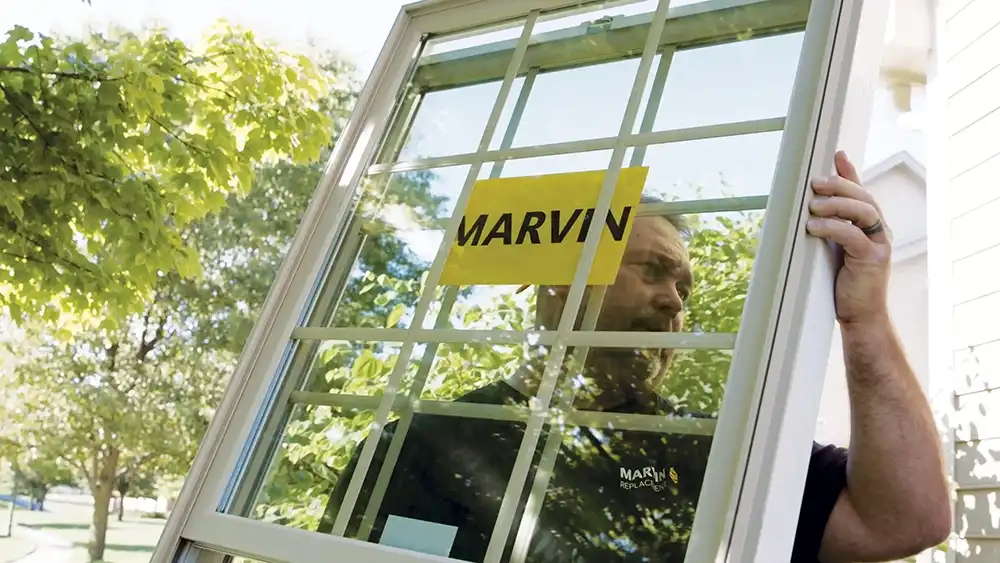
11 SEPTEMBER 2024
What is a Home Energy Audit?
A home energy audit can give you a picture of improvements you can make to your home to decrease energy use and can improve energy efficiency beyond replacing your windows and doors. A home energy audit uses a series of tests to detect deficiencies in your home energy systems and can provide suggestions to improve efficiency.
Do I Need a Home Energy Audit?
If you think your energy bills have reached a boiling point, you might want to get a home energy audit. There are tools available like the ENERGY STAR® Home Energy Yardstick that can provide insight into your home’s energy use. ENERGY STAR® has links to suggestions on how to increase your home’s energy efficiency, comfort, and lower utility bills.
Utility companies often provide free energy audits, so check with your provider to see if they offer one. In some states, home energy audits come at no cost.
What a Home Energy Audit Looks At
Professional energy assessors will usually do room by room inspections to find sources of energy loss. They’ll use infrared cameras, furnace efficiency meters, and surface thermometers. Most will conduct a blower door test, which analyzes how much air is entering or escaping your home.
A home energy audit will also have a thermographic scan that measures surface temperatures with an infrared camera to find hot and cold areas in a house. It gets used with a blower test running because the blower door can exaggerate air leaks for easier detection.
Examples of a Home Energy Audit
A home energy audit inspects several parts of your home. A typical home energy audit includes:
Outdoor inspection of windows, walls, and eaves for leaks
Evaluation of your attic, if you have one, to see if it has proper insulation and seals around electrical lines
Furnace and water heater examination to determine if it’s time to replace either. An auditor will check the furnace filter and duct connections to detect any leaks.
Blower door test to locate air leakage spots and air quality. A blower test closes all the windows and doors in your home and uses a blower door machine to depressurize a house. The energy auditor will use an inferred camera or thermal imaging tool to pinpoint areas that can experience air leaks.
Lighting inspection to determine energy usage of lights. Switching to LED or CFL lights can help reduce energy usage.
How to Prepare for a Home Energy Audit
Prior to your home energy audit, you’ll want to have records of your previous energy bills so the accessor can get an idea of your use because it will vary from season to season.
Before a blower door test, the Department of Energy (DOE) suggests:
Expect the audit to take up to an hour, or more, depending on the size of your home.
Do a walk-through with an auditor and point out drafty areas.
Expect the auditor to want access to all areas of your home, which can include: closets, built-in cabinets, attics, crawlspaces, and unused areas.
Plan on the auditor closing all exterior doors and windows, opening all interior doors, closing any fireplace dampers, doors, and woodstove air inlets.
Expect the auditor to change controls on items like the furnace, water heater, and stove, so they don't turn on during the audit. The auditor should return the controls to the original position.
If you heat with wood, make sure all fires are extinguished and remove all ashes from fireplaces.
Before a thermographic inspection:
Move furniture away from exterior walls and remove drapes
You might have to have a specific indoor/outdoor temperature difference for up to four hours before the test. Usually running the air conditioner or central heat can accomplish that.
The DOE has a home energy audit checklist that’s a good reference for homeowners.
Why a Home Energy Audit is Important for Windows and Doors?
The DOE estimates homeowners can save between $101-$583 annually if they replace single pane windows with ENERGY STAR windows. If they replace double pane windows with ENERGY STAR windows, they can save $27-$197 each year.*
How Much Can a Home Energy Audit Save You?
The DOE estimates that homeowners who make energy efficiency upgrades identified in a home energy assessment can save between 5-30% on their monthly energy bill.
FAQs
When is the best time to get a home energy audit?
You can get a home energy audit at any time of the year. Some suggest having one done in cooler weather to highlight air leakage spots and areas without adequate insulation. Having a home energy audit during cooler months can mean a loss of heat in your home when they conduct a blower test. The test blows air from a house to help detect any air leaks. The time of year you have a home energy audit completed can make a difference if you plan to take action on any of the issues detected. A fall audit can help you fix things ahead of winter. A winter test can identify heat loss areas easily. A summer home energy audit can lead you to repairs so you can preserve more cool air from your air conditioner.
Can I do an energy audit myself?
It’s best to have a professional home energy audit conducted, but it’s possibly to do your own home energy assessment. A DIY energy audit won’t have the thoroughness of a professional audit, but it can become good practice to check well-known problem spots around your home. Inspecting your windows and patio doors for gaps between the frame and wall each year can help prevent issues. Replacing any worn caulk or sealant can help stop air leaks. You can also use a thermal imaging tool to identify any spots that might lack insulation.
*Savings reflects installing ENERGY STAR certified products compared to non-certified when replacing single pane windows based on the average savings among homes in modeled cities. Actual savings will vary by product type, location, method of installation, individual home characteristics, local climate and conditions, utility rates, and other factors.
Back to All Articles
You May Also Like

What Leaking Windows Mean for Your Home
Leaking windows can cause problems for your home. Learn how to spot window leaks and steps to take to fix leaky windows.
How to spot + fix leaking windows
When to Replace Your Windows
On installation day, our team of Marvin Replacement Certified Installers will arrive at your home to remove your old windows and install your new ones.
When to Replace Windows
Types of Window Glass
There are several types of window glass and options to choose. Learn how specific types of glass can benefit your home. Marvin Replacement can tailor glass options to fit your home the best.
Window Glass Types